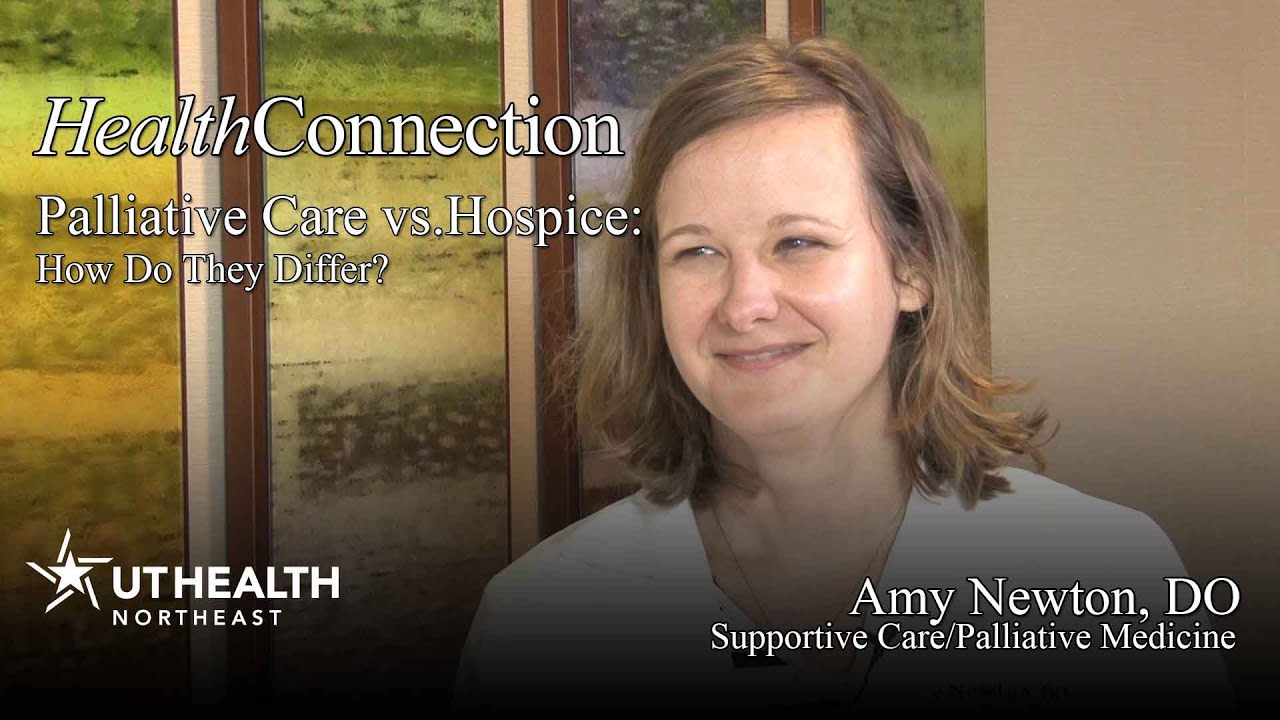Hospice care and respite care are two different types of support that provide assistance and comfort to individuals in need. While both services focus on enhancing the quality of life for patients, they differ in their specific goals and duration of care. Hospice care is designed for individuals who are in the final stages of a terminal illness or have a life-limiting condition. It is provided by a team of healthcare professionals who specialize in end-of-life care. The primary objective of hospice care is to ensure the patient’s comfort and dignity by managing pain and symptoms, offering emotional and spiritual support, and enhancing the overall quality of life during this difficult time. Hospice care is typically provided in the patient’s own home, a specialized hospice facility, or a nursing home. On the other hand, respite care offers temporary relief to caregivers who may be overwhelmed or in need of a break from their caregiving responsibilities. It provides short-term, planned breaks that allow caregivers to take care of their personal needs while ensuring their loved ones receive proper care and attention. Respite care can be provided at home, in a dedicated respite care facility, or through adult day care centers. It gives caregivers the opportunity to recharge, reduce stress, and prevent burnout, ultimately enabling them to continue providing the best possible care to their loved ones. Understanding the differences between hospice and respite care is essential for individuals and families facing challenging medical situations. Whether it is the specialized end-of-life care provided by hospice or the temporary relief offered by respite care, both services play crucial roles in supporting patients and caregivers throughout their journey.

The Difference Between Hospice and Respite Care
| Aspect | Hospice Care | Respite Care |
|---|---|---|
| Purpose | Hospice care is primarily focused on providing comfort and support to terminally ill patients during their final stages of life. | Respite care aims to provide temporary relief and support to caregivers by offering short-term care for individuals with special needs or chronic illnesses. |
| Setting | Hospice care is often provided in specialized facilities, hospice centers, or even in the patient’s own home, depending on their preferences and medical requirements. | Respite care can be offered in various settings, including assisted living facilities, nursing homes, or through in-home care services, depending on the individual’s needs and the caregiver’s preferences. |
| Duration | Hospice care is typically provided during the patient’s final months, weeks, or days, as determined by their prognosis and medical condition. | Respite care can be arranged for a few hours, a full day, or even several weeks, depending on the caregiver’s needs and the availability of respite care services. |
| Focus | Hospice care emphasizes pain and symptom management, emotional and spiritual support, and improving the patient’s overall quality of life during their end-of-life journey. | Respite care focuses on providing relief for the primary caregiver, allowing them to take a break, attend to personal matters, or simply recharge, knowing that their loved one is receiving quality care in their absence. |
| Eligibility | Hospice care is typically available for individuals with a terminal illness or a life expectancy of six months or less, as certified by a physician. | Respite care eligibility varies, but it is often provided for individuals of any age with chronic illnesses, disabilities, or special needs, depending on the available respite care resources and funding. |
“Palliative Care vs. Hospice: Unlocking the Secrets to Compassionate End-of-Life Support”
Hospice Care vs. Respite Care: Understanding the Difference
When it comes to providing care for individuals with serious illnesses or those nearing the end of their lives, it’s important to understand the various options available. Two common types of care that often come up in these discussions are hospice care and respite care. While both options aim to provide support and comfort, they differ in their focus and purpose. In this article, we will explore the difference between hospice care and respite care, helping you gain a better understanding of each and how they can benefit your loved ones.
1. Hospice Care: Embracing Comfort and Dignity in the Final Stages of Life
Hospice care is a specialized form of care provided to individuals with terminal illnesses, typically in the last six months of their lives. The primary goal of hospice care is to ensure patients are comfortable, pain-free, and able to maintain their dignity throughout the end-of-life journey.
Unlike traditional medical care, hospice care prioritizes quality of life rather than curative treatment. It focuses on managing symptoms, alleviating pain, and providing emotional and spiritual support to both the patient and their family members. Hospice care can be provided at home, in a specialized hospice facility, or in a hospital setting.
2. Respite Care: Offering Temporary Relief for Caregivers
Respite care is designed to provide temporary relief to primary caregivers who are caring for individuals with chronic illnesses or disabilities. It offers a short-term break from the demanding responsibilities of caregiving, allowing caregivers to recharge and attend to their own physical and emotional well-being.
Respite care can take various forms, including in-home care, adult day care centers, or temporary stays in assisted living facilities or nursing homes. It provides individuals with a safe and supportive environment while ensuring they receive the necessary assistance with daily activities, medication management, and personal care.
3. Differences in Focus and Goals
While both hospice care and respite care provide support to individuals with serious illnesses, their focus and goals differ significantly.
Hospice care concentrates on end-of-life care, focusing on making patients as comfortable and pain-free as possible during their final months. It aims to enhance their quality of life, provide emotional and spiritual support, and facilitate a peaceful transition.
Respite care, on the other hand, primarily focuses on supporting the caregiver. By providing temporary relief, respite care ensures that caregivers can attend to their own needs and well-being, preventing burnout and exhaustion.
4. Duration and Eligibility
The duration and eligibility requirements for hospice care and respite care also differ.
Hospice care is typically provided when an individual has a life expectancy of six months or less, as determined by a physician. It is available to individuals of all ages, regardless of their specific illness or condition. Hospice care can continue beyond six months as long as the individual’s condition remains terminal.
Respite care is generally short-term and can be accessed as needed. It does not have specific eligibility requirements and can be utilized by any caregiver who requires temporary relief. Respite care may be employed for a few hours, a few days, or even weeks, depending on the caregiver’s needs and the availability of care providers.
5. Utilizing Both Types of Care
It’s important to note that hospice care and respite care are not mutually exclusive. In fact, they can complement each other, providing comprehensive support to patients and their caregivers.
For example, a primary caregiver who is overwhelmed by the demanding responsibilities of caring for a loved one with a terminal illness may choose to access respite care services. This temporary relief can help prevent caregiver burnout and allow them to return to their caregiving role with renewed energy and focus.
As the illness progresses and the individual’s condition becomes more complex, hospice care can be introduced to provide specialized support and ensure the patient’s comfort and dignity are maintained until the end of life.
In conclusion, while hospice care and respite care share the common goal of providing support and care to individuals with serious illnesses, they differ in their focus, goals, duration, and eligibility requirements. Understanding the distinctions between these two types of care can help individuals and families make informed decisions and access the most appropriate services for their unique situations.

